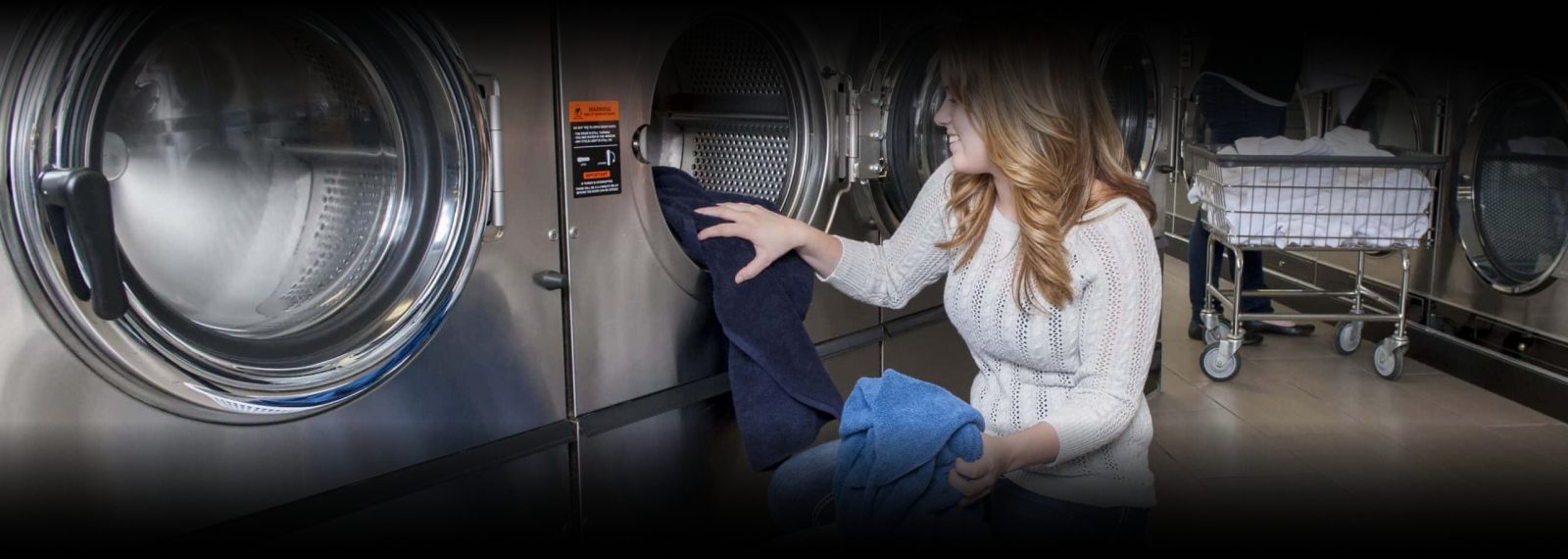sky laundry ARTICLES



Quilting is a beautiful and intricate art form that requires time, effort, and attention to detail. Whether you’ve just finished creating your own king size quilt or you’ve purchased one that needs cleaning, understanding the recommended dry-time for your quilt is essential. Proper drying ensures that your quilt maintains its shape, color, and overall quality for years to come. In this blog post, we’ll explore the factors that influence dry-time and provide some practical tips to help you determine the ideal drying period for your king size quilt.
1) Consider the Quilt’s Material: The type of fabric used in your quilt plays a significant role in determining its dry-time. Natural fibers such as cotton, linen, or silk tend to absorb more moisture and may take longer to dry compared to synthetic materials like polyester or nylon. Take note of the quilt’s composition and keep in mind that different fabrics require varying amounts of time to dry thoroughly.
2) Assess the Weather Conditions: The environment in which you choose to dry your quilt can impact the overall drying time. If you have the luxury of a warm and sunny day, hanging your quilt outdoors can speed up the process significantly. However, if it’s humid or rainy outside, it’s advisable to opt for indoor drying methods to prevent prolonged moisture exposure and potential damage.
3) Air Drying vs. Machine Drying: Deciding between air drying and machine drying is an important consideration when it comes to quilts. Air drying is a gentler option that reduces the risk of shrinkage or damage to delicate quilts. It may take longer, but it’s a safer choice for preserving the quilt’s integrity. Machine drying, on the other hand, is faster but can be more aggressive, especially if you’re not using a low heat or delicate cycle. Always consult the care instructions provided by the manufacturer before choosing a drying method.
Sky Laundry Systems Copyright © 2024